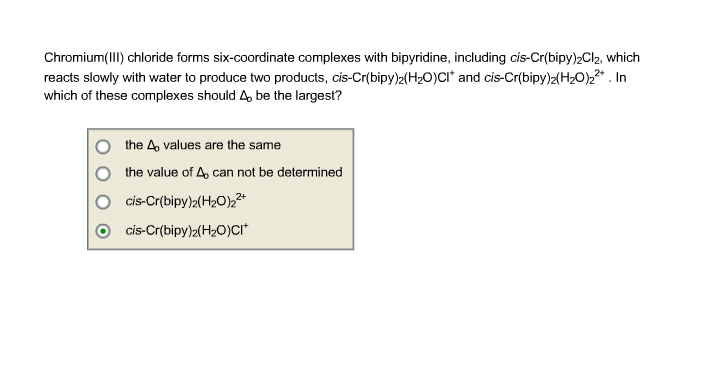

Groundwater normally has very low turbidity because of the natural filtration that occurs as the water penetrates through the soil. Turbidity more than 5 NTU can be visible to the average person while turbidity in muddy water, it exceeds 100 NTU. Turbidity is measured by an instrument called nephelometric turbidimeter, which expresses turbidity in terms of NTU or TU. A TU is equivalent to 1 mg/L of silica in suspension. Consequently, the concentration of the dissolved oxygen (DO) can be decreased since warm water carries less dissolved oxygen than cold water. The amount of available food is reduced because higher turbidity raises water temperatures in light of the fact that suspended particles absorb more sun heat. Suspended particles provide adsorption media for heavy metals such as mercury, chromium, lead, cadmium, and many hazardous organic pollutants such as polychlorinated biphenyls (PCBs), polycyclic aromatic hydrocarbons (PAHs), and many pesticides. Suspended materials can clog or damage fish gills, decreasing its resistance to diseases, reducing its growth rates, affecting egg and larval maturing, and affecting the efficiency of fish catching method. The particulates can provide hiding places for harmful microorganisms and thereby shield them from the disinfection process. It can increase the cost of water treatment for various uses. The impact of turbidity can be summarized in the following points: Turbidity in drinking water is esthetically unacceptable, which makes the water look unappetizing.

It is caused by suspended material such as clay, silt, organic material, plankton, and other particulate materials in water. It is a measure of the ability of light to pass through water. Infected water: It is contaminated with pathogenic organism. Ĭontaminated ( polluted) water: It is that water containing unwanted physical, chemical, biological, or radiological substances, and it is unfit for drinking or domestic use. Palatable water: It is esthetically pleasing it considers the presence of chemicals that do not cause a threat to human health. Potable water: It is safe to drink, pleasant to taste, and usable for domestic purposes. The most common scientific definitions of these types of water quality are as follows: Water quality can be classified into four types-potable water, palatable water, contaminated (polluted) water, and infected water. Both types of water can be exposed to contamination risks from agricultural, industrial, and domestic activities, which may include many types of pollutants such as heavy metals, pesticides, fertilizers, hazardous chemicals, and oils. The formula for amine ligand is $ \right)$ ligand is a negatively charged ligand and it has a charge of $ - 2$.Based on its source, water can be divided into ground water and surface water.

Thus, pentamine indicates that five amine ligands are present. The number of ligands are indicated by the suffix mono-, di-, tri-, tetra- penta-, and so on. The ligands in the second coordination sphere are written outside the parentheses.Ģ.The ligands are named first. The rules for writing the formula for coordination complex from the IUPAC name of coordination complex are as follows:ġThe formula for the complex is written in the square parenthesis ‘’. As none of these is written the complex is a neutral complex. if the complex has a negative charge the name is written ending with the suffix ‘-ate’. Hint: If the complex has a positive charge the word ‘ion’ is written at the ending of its name.


 0 kommentar(er)
0 kommentar(er)
